This is my favorite type of photography. I don’t claim to be an expert, but I have lots of experience. I haven’t taken my macro lens off my camera since I bought it a few months ago.
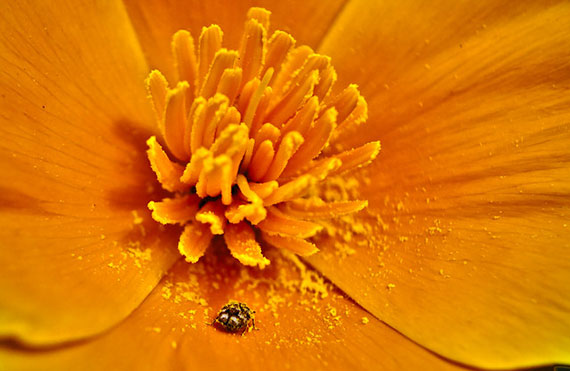
Photo by Josef Wells; ISO 125, f/6.3, 1/800-second exposure.
Here are a few tips that I’ve picked up:
1. Use a tripod when you can
If you don’t get your tripod all tangled up in whatever you are shooting, it is beneficial to use it. Because of the very small focus layer achieved with macro lenses, your tiny movements can make your subject very out of focus.
Sometimes — because you will scare your subject or it is just too awkward to maneuver — your tripod is actually an inconvenience. I like to take a series of images to make sure one is the correct focus when I don’t use a tripod. The beauty of digital is you can shoot 20 and keep the best one!
2. Shoot from different angles
Because of your thin focal plane when using a macro lens, you often cannot get your whole subject into focus. Eyes should be the focal point if you are shooting wildlife.
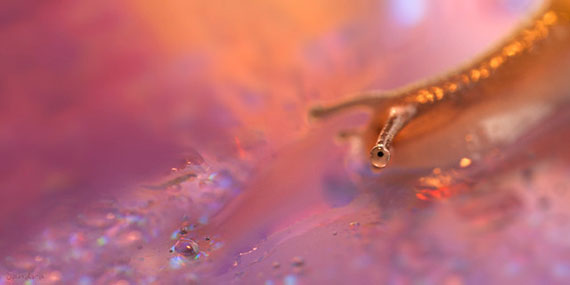
Photo by Sandra-Photographie; ISO 200, f/5.6, 1/100-second exposure.
Try different angles to get different parts of your subject in focus. You want to get the great effect of having a clear focal point with a soft focus around it. If you are not focused, it will just feel blurry. Another trick I learned is to photo-process your images to blur areas of sharp focus that are not important.
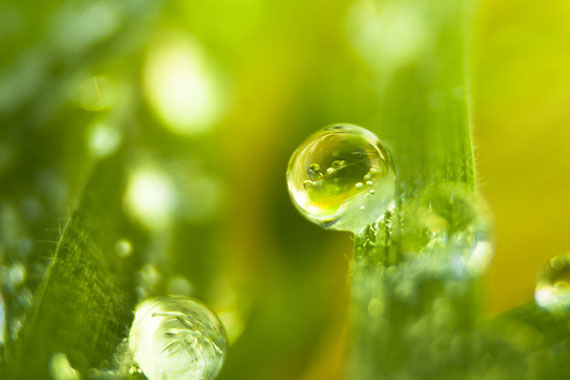
Photo by Alex Holyoake; ISO 400, f/5.6, 1/60-second exposure.
3. Consider your background
With macro, the blurred background adds to the photo. The slightest change in your angle will allow different colors to change the whole feeling of your photo. I like to have a consistent background so it doesn’t distract from the object I am shooting. If possible, move the subject to an uncluttered background. Sometimes it is easy to get focused on the main object of our photo and not notice the unwanted branch or blade of grass in the photo. Many, many times I end up cloning out distracting elements of the photos, which takes patience and time.
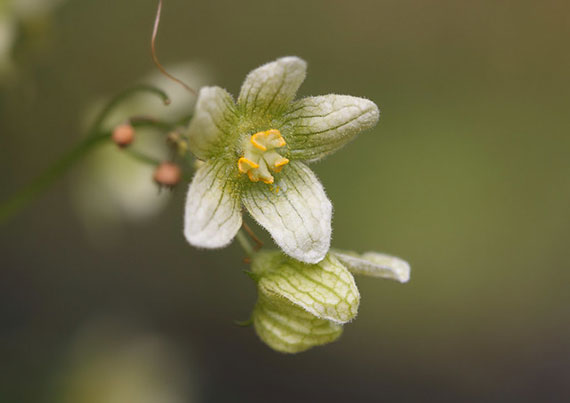
Photo by Anne
If I’m trying to capture a photo of the perfect daisy, but it is in the direct sunlight and I want a softer feel, I move the flower to a shaded area (clothes pins work well for pinning the flower to something so you don’t have to hold it). If you have an extra pair of hands, you can use something to make your own shade. If that’s not possible, or you don’t want to disturb nature, remember to scan your viewfinder for distracting elements.
4. Shoot early
If you are shooting insects (which are a favorite of mine) go out early in the morning when it is cool and the insects are stationary. Insects are cold-blooded and are slow moving in the cooler morning hours. In the early morning, dew drops might still be on your subject, too, which makes a cool effect.
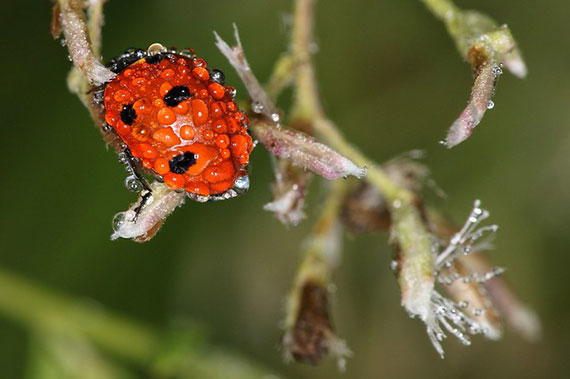
Photo by John Brandauer; ISO 400, f/11.0, 1/60-second exposure.
5. Don’t be afraid to use flash
Sometimes the best time for photo taking (the golden hours of dawn and dusk) has soft glowing light, but it is too low for taking close-ups. I used to say I hated flash, but that is just because I didn’t know how to use it properly. It still is my nemesis, but I have learned some things.
I have a camera-mounted flash that I use with a pocket bouncer to get more natural-looking light. Most times, I have to set it to underflash, or the subject is overexposed since I’m so close to it. I don’t have a ring flash, but I hear they work great for macro photography.
Hope this helps. The most important thing is to not be afraid to get on the ground and get dirty. Try lots of variations if you have a cooperative subject!
About the Author:
This article was written by Trista Michaud-Hachey (tristasphotos). A math and science teacher and passionate photographer.
Like This Article?
Don't Miss The Next One!
Join over 100,000 photographers of all experience levels who receive our free photography tips and articles to stay current:





I, too, love to shoot close-up. Some time ago, I found a way to use a Styrofoam cup to light close subjects. If you hunt around on Flicker, you can find several DIY flash projects. I have been using mine for several years on three different cameras. The light is even and diffused. Since it mounts around the lens, it vignettes, but that can be cropped out. Not a bad way to reuse a non-recyclable item. :)
So many truisms, Trisha!!! I’ve never bothered with the tripod when shooting macro … but may give it a go, thanks to your encouragement. From my point of view, the most difficult part about macro is trying to avoid falling over in a dead faint from not breathing … because even breathing creates just that little bit of movement that can cause me to lose focus. When I get frustrated, I often rapid fire 5 or 6 shots off in the hopes that one will catch that special bit of detail (spider eyeballs?) I’m looking for. Just got a ring flash, very inexpensive, battery operated and strength/dimness adjustable. Need to get out and find some bugs before the cold weather returns!!
The first picture is so Beautiful ! I love flowers !